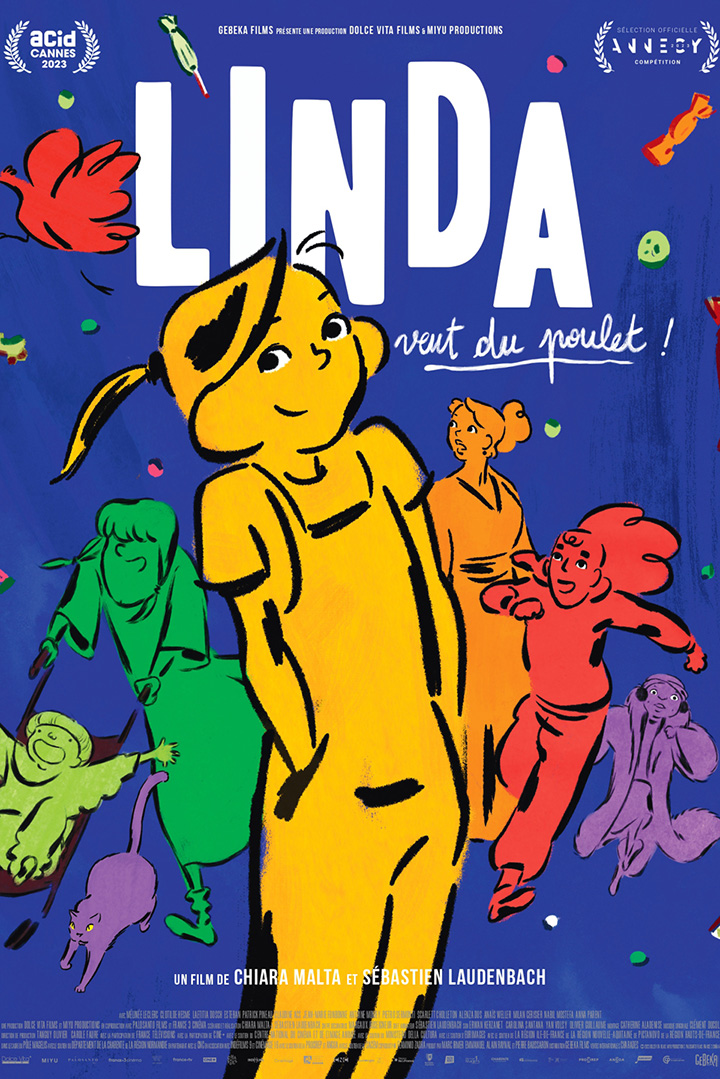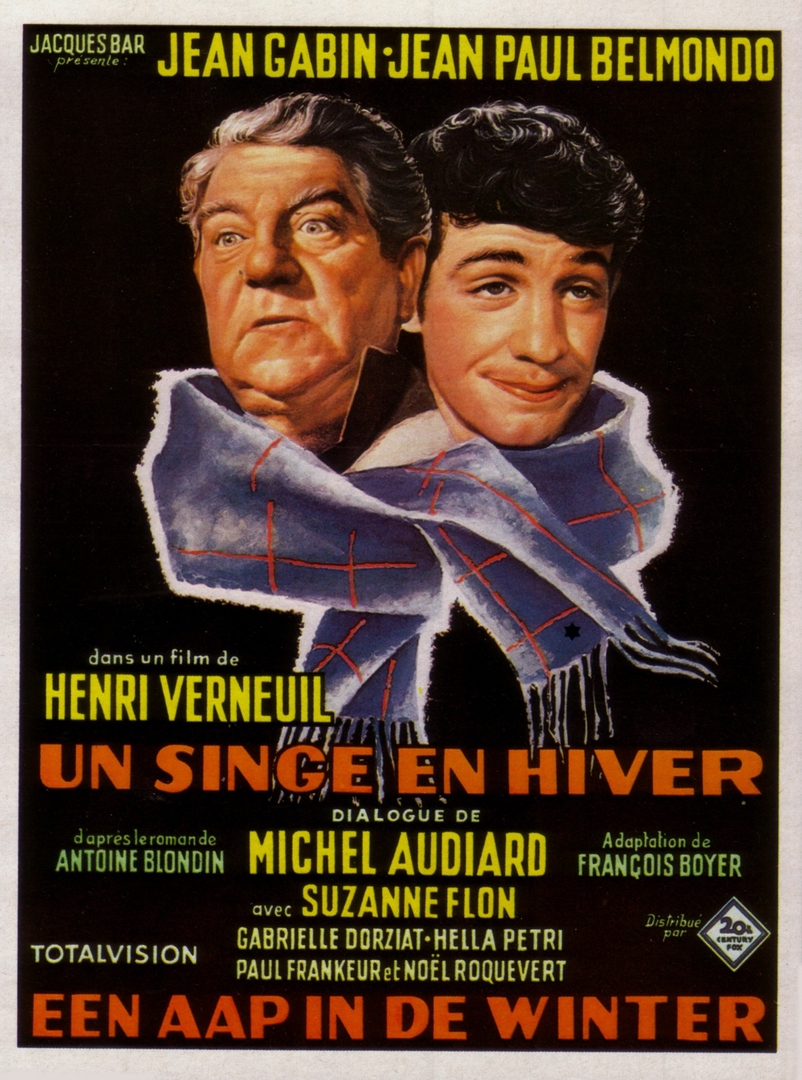To Be or Not to Be
Mel Brooks' comedic style is one of exaggeration, irreverence and absurdity. In addition, his caricatures can be ferocious. With him, there are no half-measures! Director, screenwriter, producer and actor, Brooks has also played with cinematic codes, twisting the western (Blazing Saddles), gothic horror film (Young Frankenstein), silent comedy film (Silent Movie), space opera (Spaceballs) and peplum (History of the World, Part 1), to name only a few.
From March 27 to April 21, the Cinémathèque invites you to laugh your head off - because it feels good. And as a bonus: comedians and humorists will be presenting some of the films.
Many thanks to l'école nationale de l'humour for putting us in touch with up-and-coming comedians!
In 1939, actors Frederick Bronski and his wife Anna ran the Bronski Theatre in Poland. Having been forced to stick to classical plays, they stage To Be or Not to Be. During the performance, Anna takes advantage of the play's famous monologue to see in the backstage area a young aviator who is her lover. All hell breaks loose when the cast must join the resistance to fight off the Nazis.

Alan Johnson
Alan Johnson is a three-time Emmy Award-winning American choreographer and director, best known for his work on Mel Brooks films and for restaging Jerome Robbins' original choreography in live productions of West Side Story in the United States and internationally. Johnson was linked to West Side Story since making his Broadway debut in the show in 1957. He brought its dance style into the mainstream when he choreographed several GAP clothing commercials in 2000, earning him an American Choreography award. In Brooks’ films, Johnson choreographed musical numbers such as Springtime for Hitler number in The Producers, the Spanish Inquisition dance number from the film, History of the World, Part I and Puttin' On the Ritz in Young Frankenstein. He also directed Brooks in the 1983 film To Be or Not to Be.





